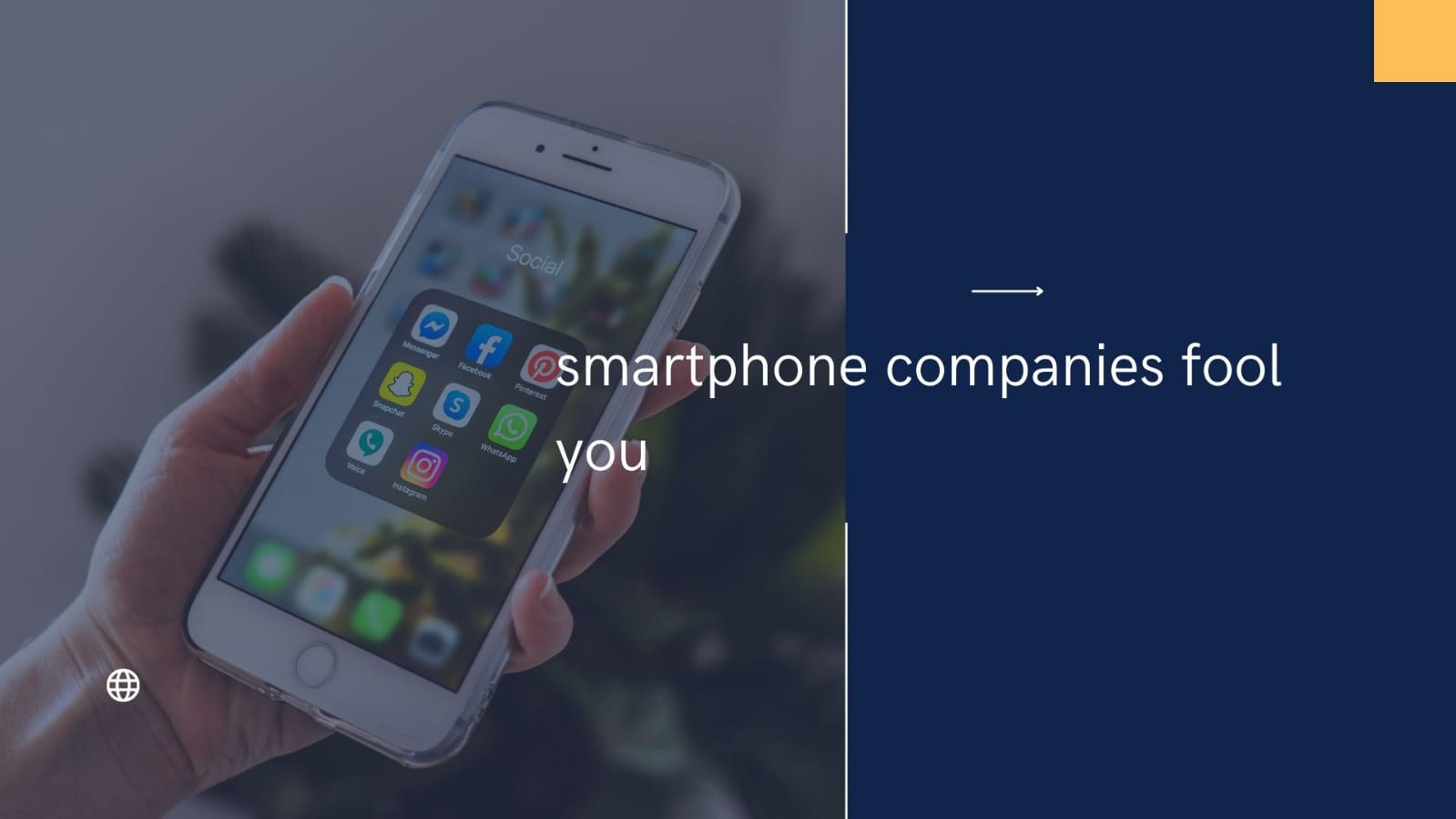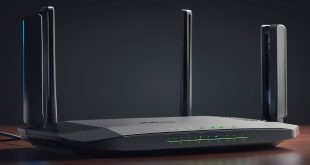Okay, here’s something very interesting. See, this is the Redmi Note 13 Pro and see on their website it says it has Corning Gorilla Glass Victus. But now if I scratch it with a coin it scratches. Victus shouldn’t scratch so easily. Or here’s another example. These are two phones with fastest UFS 4.0 storage and now if you do a speed test OnePlus 12R shows up a slower and closer to UFS 3.1 but OnePlus advertised the OnePlus 12R as UFS 4. So are these brands lying to us? Are they trying to fool us? Like yes, few days ago OnePlus went back and changed the storage type to UFS 3.1.
Now let’s begin with the most controversial and confusing processor. Back in the day, processor names were very simple, Snapdragon 845, 855, 865. The higher the number, the better the performance, so simple. But now, let me show you.
This is Snapdragon 7 Gen 1 and it scores around 6,66,922. This phone has Snapdragon 7 as Gen 2, so you would assume Gen 2 means better than Gen 1. Right?
But have a look at this. It scores less than Snapdragon 7 Gen 1, like what? How can Gen 2 score less than Gen 1? Things are even crazier on team MediaTek. This is the specs of Dimensity 1080 in 2022 and now here are the specs of Dimensity 7050 that came out in 2023 one year later. Corporate wants you to find the difference between the two. No, go ahead. Find the difference, I’ll wait. They are identical. I’ll give you another example. Dimensity 1050 and Dimensity 7030. Specs are identical. I just named two of these, but many of their processors got this treatment. MediaTek just took their old processors from 2022, change the name and sold it as a brand new processor in 23. It’s like giving the same old wine in a new bottle and charging extra money for it.

The only processor series safe from this weird naming scheme is Google’s tensor but let’s not get into this hot topic here. So what’s the fix? Well unless brands simplifies their naming scheme the best thing that you and I can do is more research before buying a smartphone and do your own homework before buying but if you insist here’s what roughly it is. Snapdragon 8 series and 9000 it is still expensive and flagship Snapdragon 7 series and Dimensity 8000 it is around 25 to 30 thousand Snapdragon 6 series and else it is mostly in budget 20 25 thousand but there are still exceptions to this rule so do note that.
Up next we have the gimmick of gorillas and this took us about two years to understand. To demonstrate, let’s take two phones, this is the Redmi Note 13 Pro and OnePlus 11. Both of these have Corning Gorilla Glass Victus protection. Now I’ll take this coin and scratch both and if you see, the scratches kind of start appearing on the Redmi Note 13 Pro but on the OnePlus 11 it is pretty fine. So did Redmi lie? Is it not really Corning Gorilla Glass Victus? Well, not really.
So have a look at this. This is the official page of Corning, the makers of Gorilla Glass and here it clearly states that the thickness of a glass can be anywhere from 0.4 mm to 1.2 mm. More thickness is equal to more protection, better scratch resistant and I’m assuming it is more costly too. Also, it is totally on the brand to decide which thickness they will use. So say Sayan and I are a company, Sayan chooses to go for 1.2mm thickness and I go for 0.4mm thickness. Both of us can claim to have Gorilla Glass Victus protection and both of us aren’t promising how hardness it has, how thick it is, how much drop resistance you get. Nothing. So on the spec sheet it will read Corning Gorilla Glass Victus but in reality two smartphones using the same glass protection will not be the same. Same same but different.
Now there is a clear cut solution for us here. No matter what protection your phone has, no matter how costly your phone is, glass is glass, glass will break. We insist you always use a tempered glass. That way you have another layer of protection and you can change the tempered glass whenever you want to.
And number four, we have the gimmicks of mini-sun or simply put the brightness level gimmick. To demonstrate this, let’s take three phones, Motorola Edge 40 (1200 nits peak brightness), iPhone 15 Pro Max (2500 nits peak brightness), and OnePlus 12 (4500 nits peak brightness). I’ll set them auto brightness mode and play an HDR YouTube video. Now I don’t know how much it is showing on camera but all of them appear to be equally bright. In fact, I think Moto H40 looks the brightest. But something here doesn’t make sense.
Now to understand why this is, you need to know there are three types of brightness level. Number one, manual brightness which we do by moving the brightness slider. Number two, high brightness mode, this activates when brightness mode is set to auto peak brightness. This is the max brightness a phone can reach under specific conditions like when you’re watching HDR videos and there’s an explosion and then that part of the screen will reach maximum brightness. But this peak brightness doesn’t last long. It’s just for a brief period of time.
So, in conclusion, these are some of the ways smartphone companies try to fool you. It’s important to do your research before buying a smartphone and not fall for these gimmicks.



